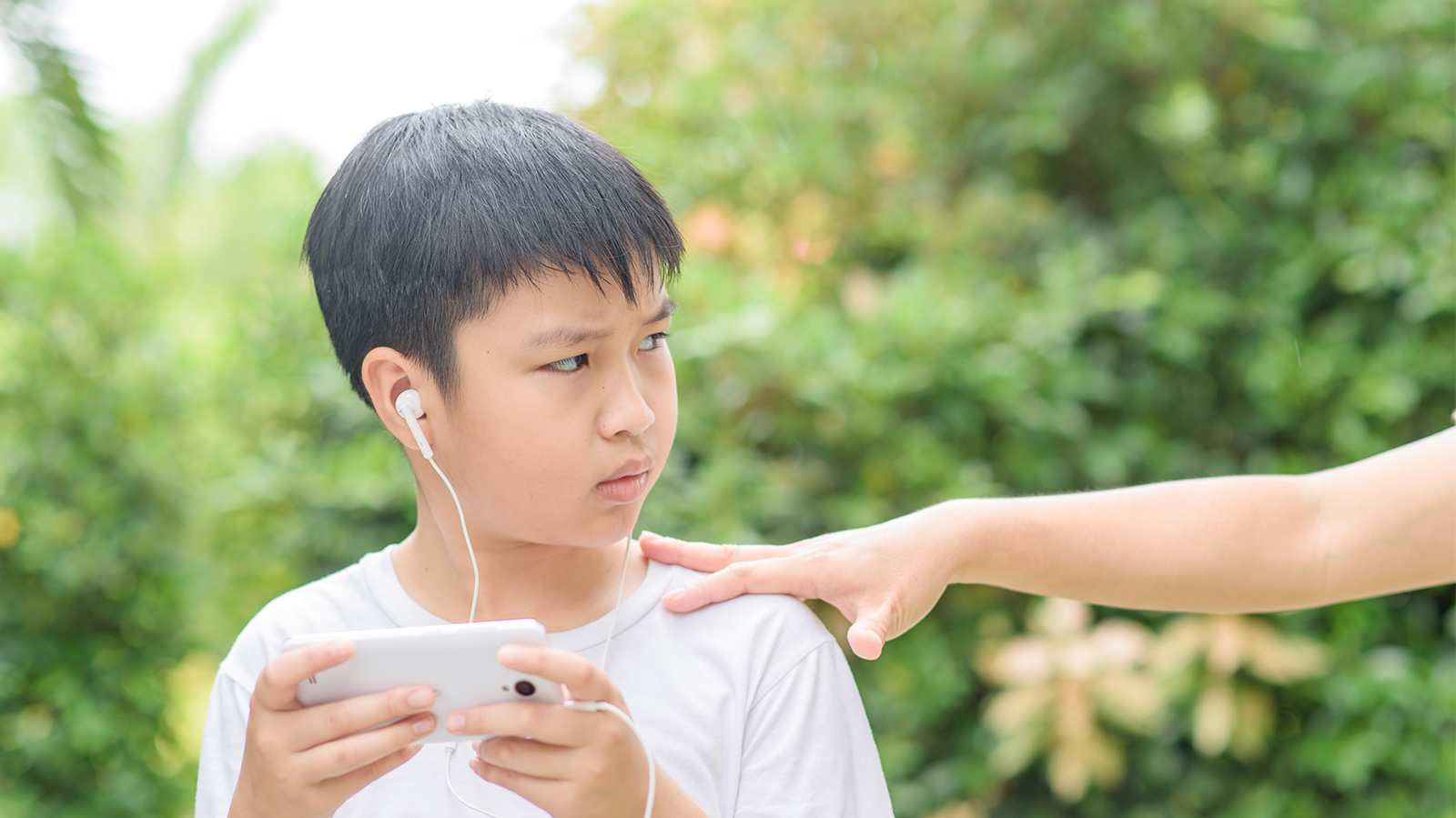Parents, do you know what your children are up to on social media?
Are you aware of what they’re discussing, who they’re interacting with online, and what kind of influence and advice they are getting?
In Singapore, almost every child has a mobile device. And probably a great many of them are on social media, too. So, if you have children, you might want to consider keeping an eye on their online activities, especially in light of the tragedy involving a teenager in Sarawak.
On May 13, a 16-year-old girl in the East Malaysian state was found dead following a poll she’d conducted on social media.
Prior to that poll, the teen had uploaded a Facebook status that read: “WANNA QUIT F**KING LIFE I’M TIRED”.
Other stories you might like

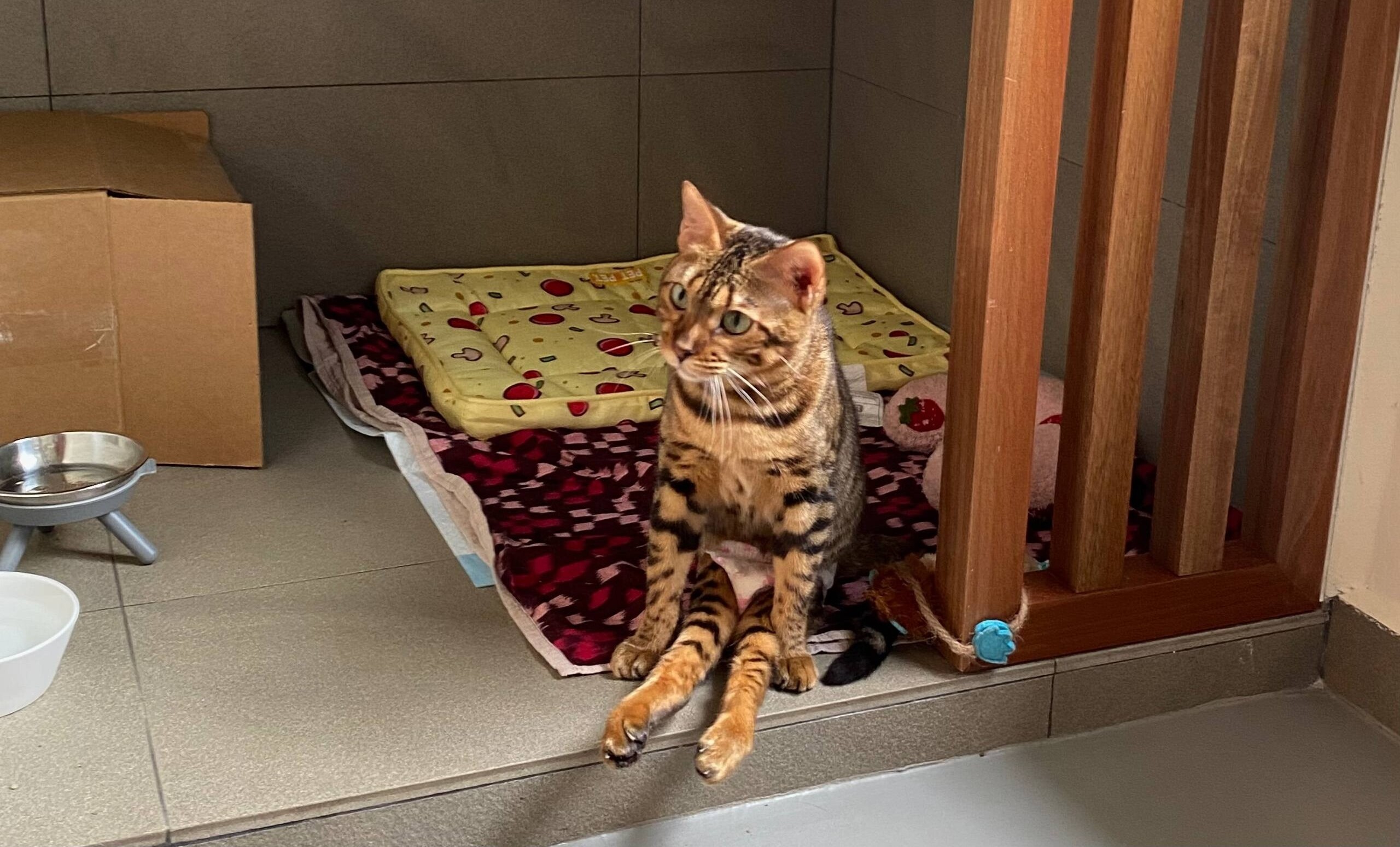
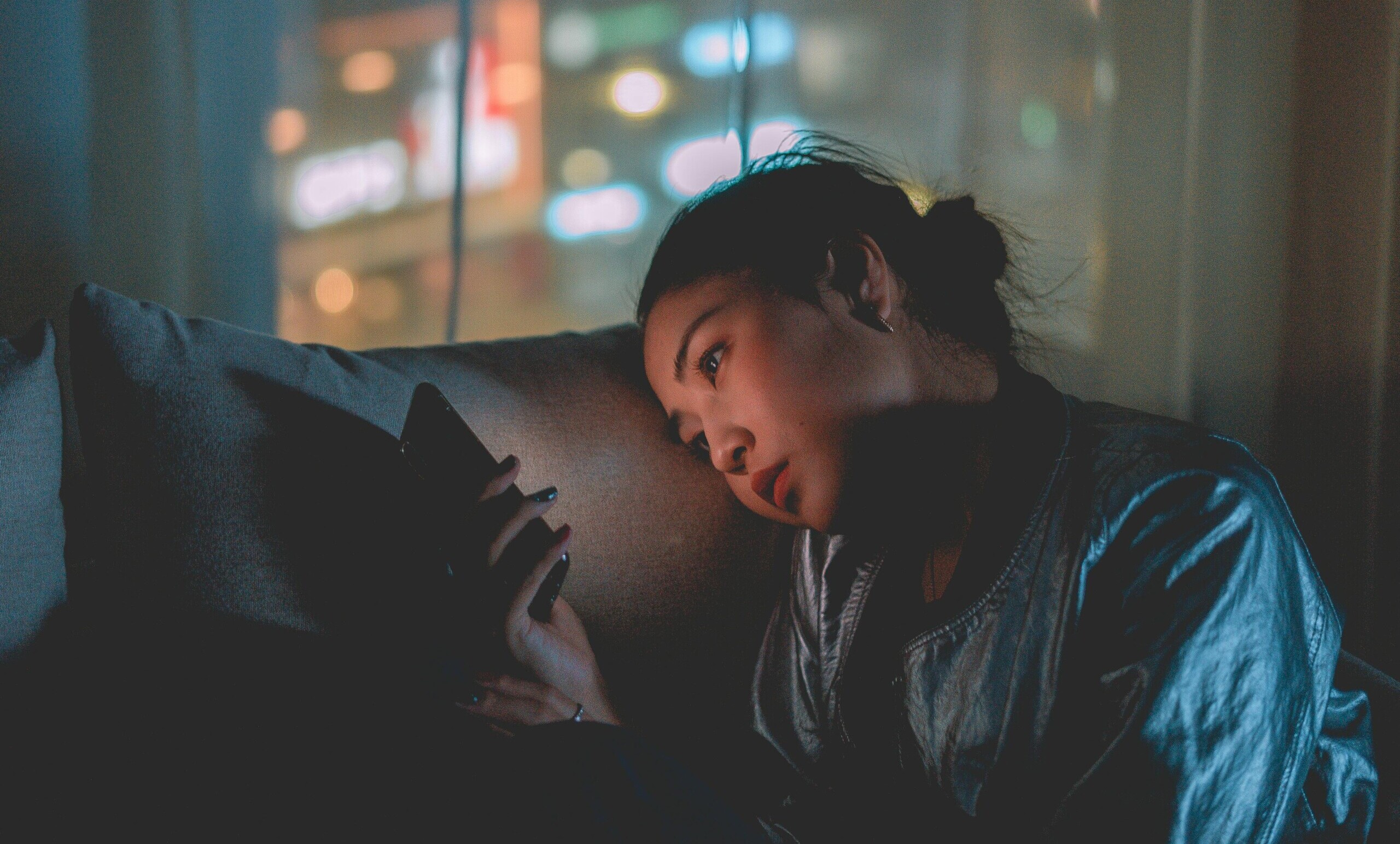
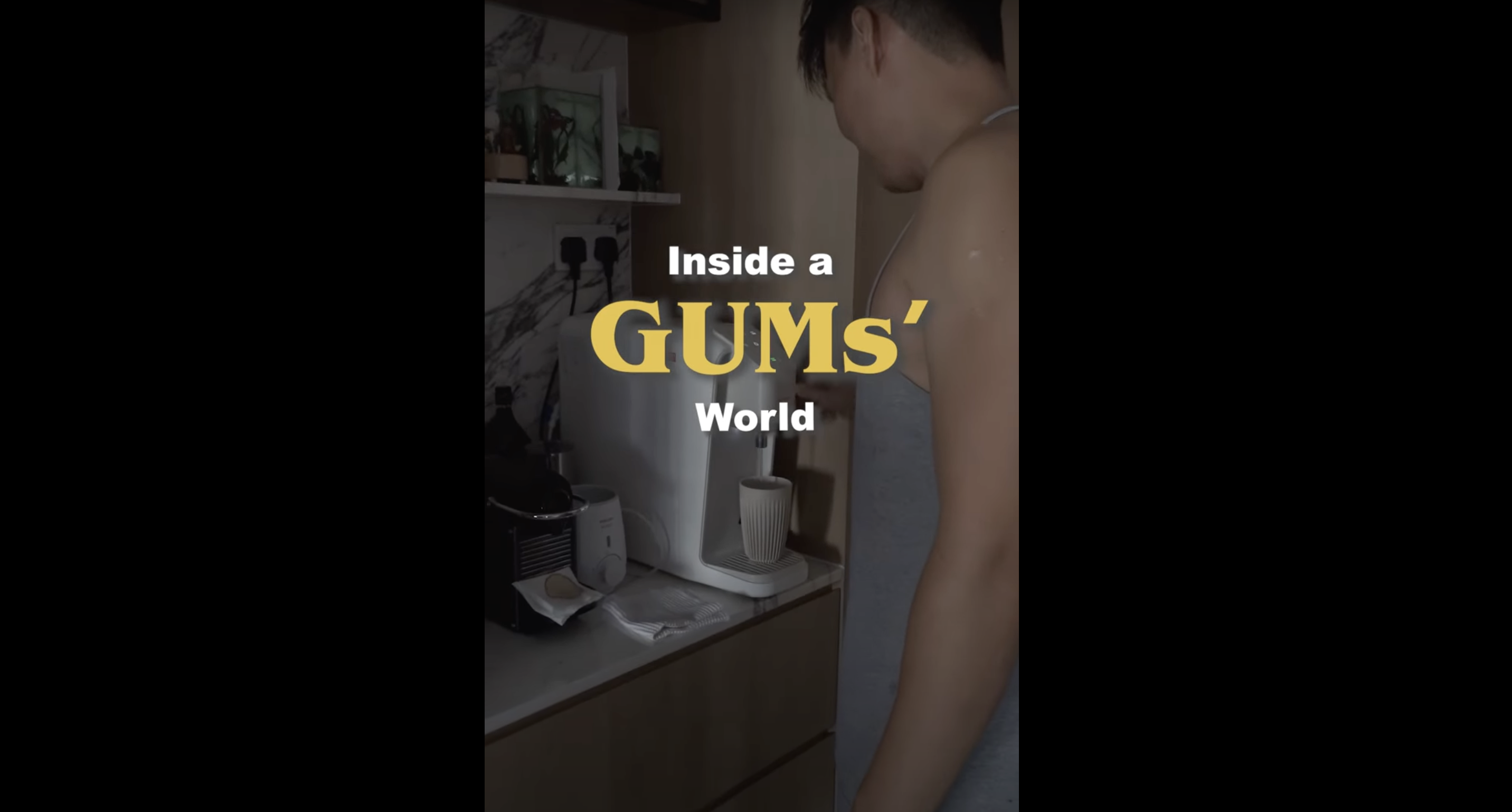
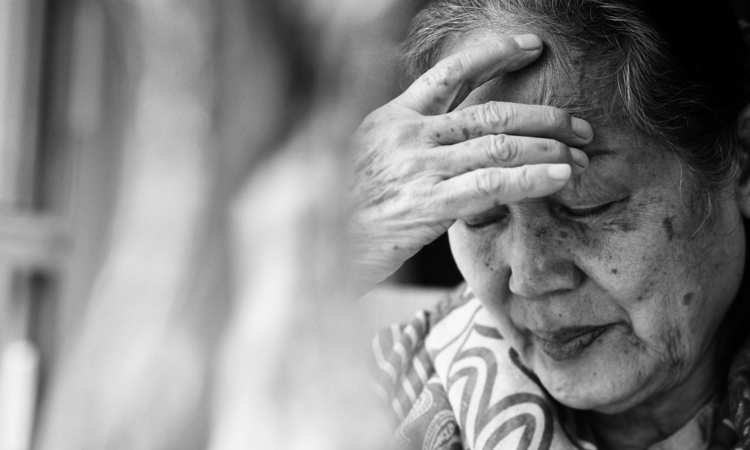
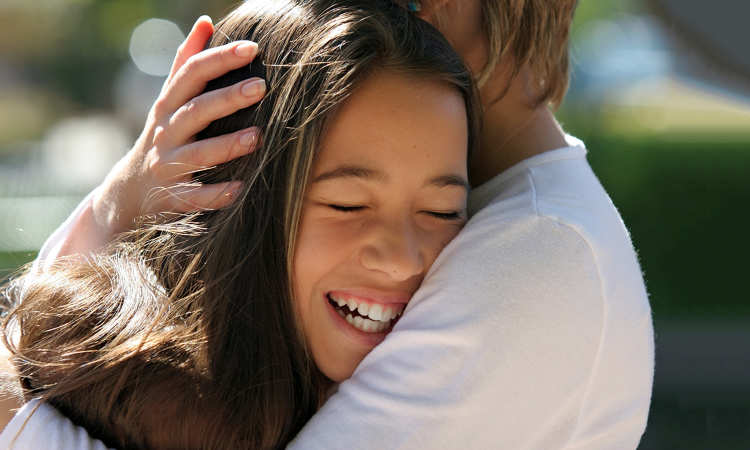
The authorities believe that she had felt stressed when her stepfather married a Vietnamese woman and seldom came home.
The poll she had put up read, simply: “Really Important, Help Me Choose D/L”.
It was vague – “D” probably meant “die”, and “L”, “live”.
Apparently, 69 per cent of respondents voted for her to “die”. She reportedly died just hours after the poll.
Social media linked to youth suicide

Suicide is the second leading cause of death among 15 to 29-year-olds globally. And today, social media has made it easier than ever for teens to access ideology that promotes and glamorises suicide.
Speaking to The Pride, health psychologist YY Low, 42, founder of Healtology, a private psychology clinic, said: “The increase in suicides parallels the simultaneous increase in social media use. And there is evidence linking the use of social media to changes in people’s lives, especially in youth.”
She continued: “Social media is a platform for various messages. But some depressed youth might use it as a platform to post negative images or messages that promote self-harm.
“It can perpetuate a kind of toxic thought process – where it’s acceptable to self-harm – and that could spread like a virus to the rest of their friends. Youth are already vulnerable, and promoting self-harming behaviour and suicidal ideas is dangerous.”

Social media can hurt, or help
As scary as dark content on social media can be, there are also many recognised benefits to using social media. It allows us to stay connected with friends and family, to share our problems, and to interact with friends who share similar interests.
This makes social media a double-edged sword that could help or harm its users. It grants access to both positive content that promotes healthy and happy living, but users can also become exposed to dangerous content, like suicidal ideology.
What is social media doing to keep youth safe?
With evidence suggesting a strong correlation between social media use and an increase in suicide, many sites have already implemented protocols to help at-risk users.
On May 15, Ching Yee Wong, head of communications for Instagram APAC, provided the following statement in response to the 16-year-old’s death: “We have a deep responsibility to make sure people using Instagram feel safe and supported.”
Speaking to The Pride, Asia-Pacific spokesperson for Instagram, Putri Silalahi, said: “For those struggling with mental health issues, we want them to be able to access support on Instagram when and where they need it.
“That’s why we work in partnership with experts to give people the tools and information they need while using the app. In Malaysia, we’re currently working with Befrienders KL, a 24-hour suicide hotline.”
Additionally, in February, Instagram banned graphic images and content related to self-harm from its platform, citing a need to keep vulnerable users safe, The New York Times said.
But social media sites can still do more for their users.
For one, they could develop more robust tools that play a bigger role in suicide prevention.
For example, they could spearhead a hashtag campaign, similar to the #MeToo or #TimesUp movements, that brings such an issue to light. This will surely educate users on the prevalence of social media-related suicides, and highlight the avenues one could take to prevent it from happening.
Also, algorithms could push pro-mental health content, while limiting access to pro-suicidal sites, message boards, chat rooms and forums.
And, seeing as increasing evidence suggests teenagers are especially affected by social media, they could introduce a strictly regulated Lite version of their site that promotes content that is more relatable, and less harmful, to a teenager.
These are all mere suggestions, but ultimately, social media platforms have an obligation and an opportunity to provide a safer and more socially aware platform to their users.
How parents can help youth balance social media and the real world
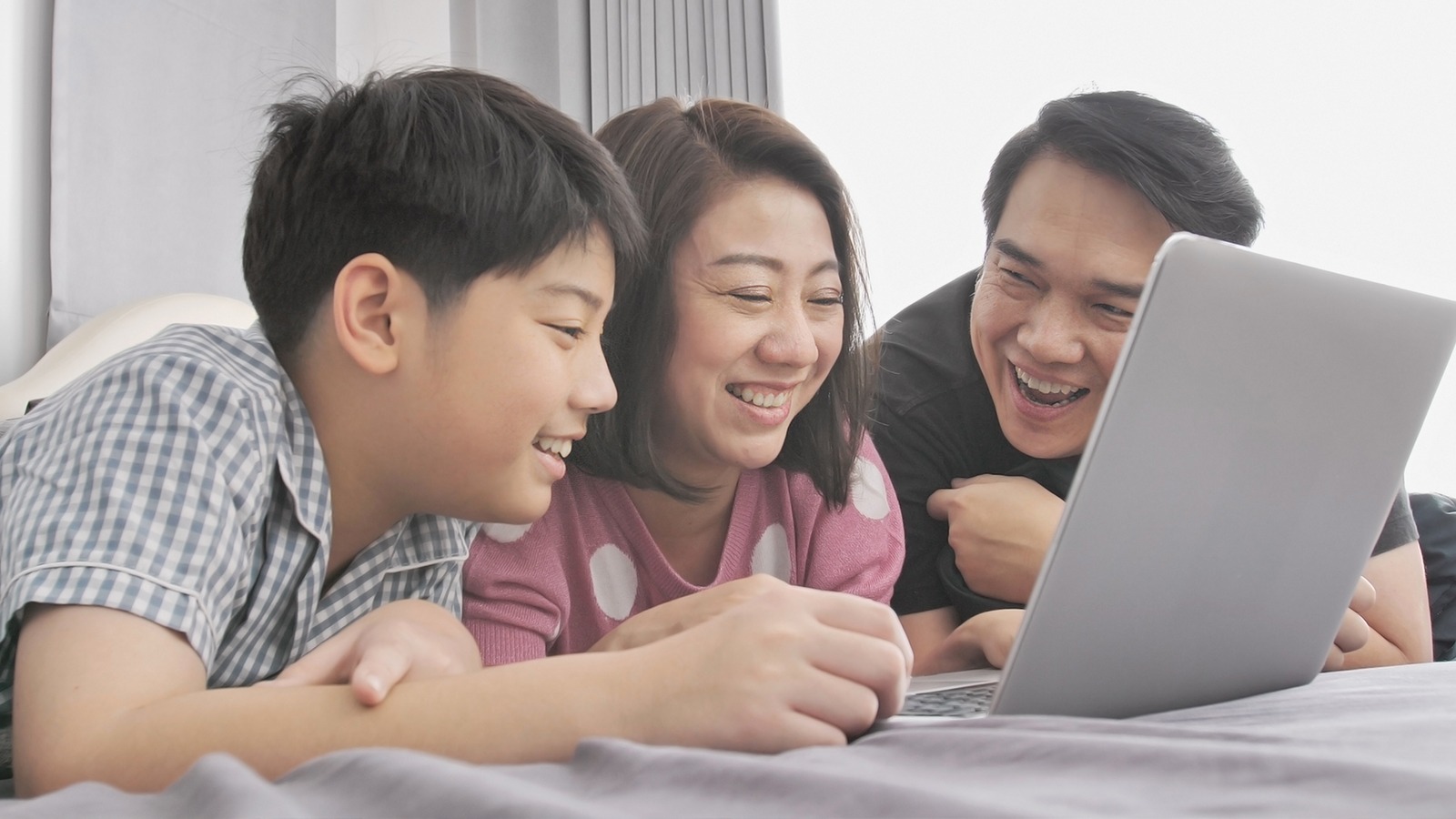
When it comes to suicide-related social media use, how can parents play a larger role in keeping their kids safe?
Ms Low, who is a parent herself, shared: “I’m not sure what I would do if I knew my child had suicidal thoughts. I would guess there must be several root issues in my child’s life that affects them, so I would try to understand what they are going through and deal with those issues first.
“Parents have to constantly communicate with their child in order to have a close relationship with them. Find out how they are doing in school, with their friends, with their studies. Because these are possible stress factors that could drive the child to have suicidal thoughts.”
She added: “It’s not something that can be done overnight – parents need to consistently build a good relationship with their child.”
Building a solid relationship with your child also means you are more aware of what they are watching on social media, and whether or not the content they watch is potentially dangerous.
Finally, parents can also encourage a healthy lifestyle and teach their child to adopt a wide range of coping strategies, such as confiding in others, taking an interest in sports or art, and practising relaxation techniques.
We are in a position to help our at-risk friends and children

Even if you’re not a parent or social media mogul, you can do your part, too. If you come across a plea for help online, reach out to the person making such posts.
It’s simple, really. First, drop them a message, ask them how they’ve been, and how they’re doing.
Then, as they share their concerns with you, remember to be present and listen empathetically to what they have to say.
Finally, remember to check in on them from time to time – ask about how the person has been coping so far. If their behaviour worries you, let them know about the avenues of support they can consider.
Overall, social media has given us a portal into our friends’ personal thoughts and feelings. What that means is that we are going to be exposed to their good vibes, but also some of the distress that they may face in their lives.
So, the next time you see a friend lamenting on social media about how much they hate their lives or how they want to quit life, don’t be apathetic.
Your interaction with them could make all the difference.
Helplines for those in need:
- National Care Hotline: 1800 202 6868 (8am-8pm daily)
- Samaritans of Singapore: 1-767 (24 hours)
- Institute of Mental Health: 6389 2222 (24 hours)
- Silver Ribbon Singapore: 6386 1928, 6509 0271, 6385 3714 (Mon – Fri: 9am – 5pm, excluding Public Holidays)
- Tinkle Friends (for children): 1800 2744 788 (Mon – Fri: 2.30pm to 5.00pm)
- TOUCHline (Counselling): 1800 377 2252
- Care Corner Counselling Centre (Mandarin): 1800-353-5800
